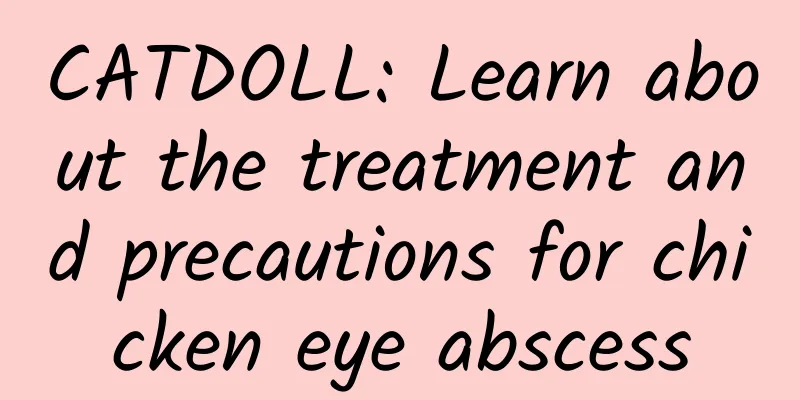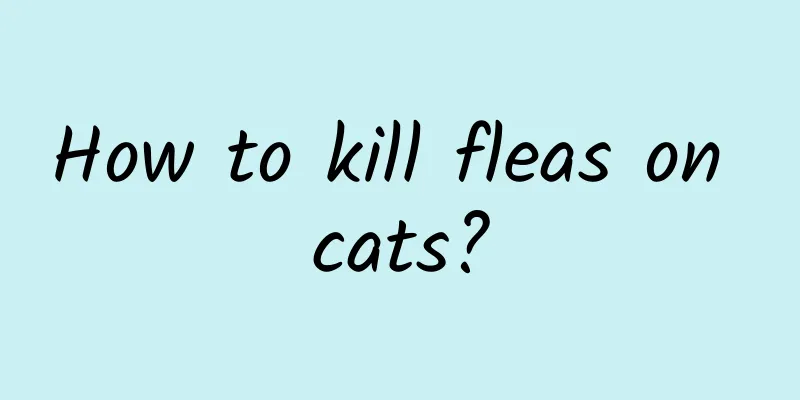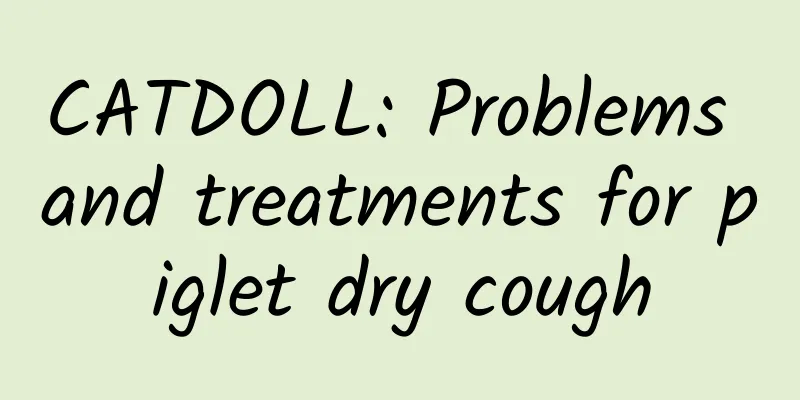CATDOLL : CATDOLL: Why do white shrimp eat slowly in winter?

Why do white shrimp eat slowly in winter?Winter shed farming of white shrimp has attractive economic benefits, but many winter shed farmers will encounter problems with shrimps eating slowly and growing slowly, which seriously affects the farming income. To solve the problem of slow feeding and slow growth of winter shed shrimps, we must first analyze, discuss and explore the reasons. The white shrimp is a temperature-changing animal, which means that the body temperature of the shrimp will change to the corresponding body temperature according to the water temperature. The suitable growth temperature of white shrimp is 18-32℃. When the water temperature is low, the activity of all enzymes and the secretion of hormones in the shrimp body will be affected, which will cause the shrimp to be weak, metabolize slowly, and secrete less digestive enzymes, resulting in slow feeding. When the water temperature drops suddenly, the shrimp body adjusts too quickly, and may suddenly eat significantly less or even stop eating. If the water temperature is below 20℃ for a long time, it will be difficult to increase the growth rate of the shrimp. When the temperature rises, the temperature in the greenhouse is too high, the bottom water rises, the algae growth and aging accelerate, the pollutants such as ammonia nitrogen, nitrite, sulfide (even hydrogen sulfide) are likely to exceed the standard, the pH value changes, the dissolved oxygen decreases, and the reproduction of harmful bacteria accelerates. These conditions are very dangerous for white shrimp. If you are not experienced in feeding, if you see the water temperature rise and the shrimp eat faster, you will add feed desperately, and the shrimp will often be poisoned or even infected with bacteria. In mild cases, enteritis, and in severe cases, red liver and white stool, over time, it will naturally lead to slow eating, slow growth, and even death. In addition, shrimp fry infected with viruses, bacteria, enterocytosis or carrying pathogens themselves will naturally eat slowly and grow slowly. Enterocytosis is especially serious, which is one of the main diseases that has caused shrimp to eat slowly and grow slowly in the past two years. The detection rate in shrimp fry in 2019 was also very high. In view of the problems of slow feeding and slow growth of white shrimp caused by the above reasons, it is recommended to take preventive measures from the following aspects: 1. Control water temperature When the temperature is low, the boiler pipes are heated to raise the temperature. When the weather is good, the winter shed doors are opened appropriately for ventilation. The algae concentration, biomass, and organic carbon source concentration in the water are adjusted to effectively maintain a constant water temperature at a temperature suitable for shrimp growth. 2. Regulate water quality Oxidative bottom modification is combined with biological degradable bottom modification to reduce bottom pollution; disinfection bottom modification is used to prevent bacterial infection; appropriate addition of algae nutrients promotes the growth and maintenance of beneficial algae; and microecological preparations are used reasonably to regulate water quality. 3. Reasonable feeding When the water temperature is low, shrimps eat less. The amount of feed should be reasonably controlled to avoid waste. This can also prevent excessive organic matter from accumulating at the bottom, which will cause water quality deterioration when the temperature returns. At the same time, adding bile acid to the feed can promote shrimps to digest and absorb fat in the feed, improve the digestion and absorption rate of shrimps to feed, and promote growth; at the same time, bile acid can also promote the liver to remove toxins and improve the hepatopancreas health of shrimps. 4. Prevention and control of hepatocellular parasites In the current farming of white shrimp, there is no specific treatment for hepatoenteritis in the later stages . After early detection, the purpose of reducing losses can be achieved by controlling the outbreak of worms. In the later stages, after the hepatopancreas and intestinal epithelial cells are destroyed, it is not very meaningful to control the worm disease. Therefore, the best idea for hepatoenteritis is prevention first. Early detection and early treatment can also save a lot of losses. The main measures to prevent and control shrimp hepatoenteritis are to select high-quality seedlings to prevent seedlings from carrying worms, control the water environment to prevent the spread of pathogens, and take the safe, non-toxic and non-irritating anthelmintic product Lechang Duobao Eucalyptus Essential Oil orally. Winter shed shrimps can be put on the market around the Spring Festival and bring huge profits. If they eat slowly and grow slowly and cannot catch up with the good time to sell the shrimps at a high price, a lot of effort may be wasted. Therefore, we must control various factors during the breeding process to ensure that the shrimps eat well, grow fast, jump happily, and sell at a good price when they are put on the market. |
<<: CATDOLL: How much does it cost to raise crayfish on 10 acres?
>>: CATDOLL: Is carp a carnivorous fish?
Recommend
CATDOLL: How much does a pound of silk cost? (How much does a pound of silk cost? Picture)
1. Can you buy real silk for 280 yuan per kilogra...
CATDOLL: Firefly larvae breeding conditions (What are the conditions for breeding firefly larvae)
1. How to raise fireflies so that the flowers and...
What should I do if my cat has a lump in her breast?
How to deal with lumps in the breasts of female c...
CATDOLL: Tips on adjusting water conditions for raising white shrimp, what is the appropriate water temperature
1. The secret of water adjustment for raising whi...
CATDOLL: What are the diurnal habits of fish? What are the eating habits of carp?
1. What are the diurnal habits of fish? , Midnigh...
CATDOLL: What is the difference between whiteleg shrimp and blueleg shrimp? Could anyone who knows please tell me? Thank you!
What is the difference between whiteleg shrimp an...
CATDOLL: Is it better to use dry cow dung or fresh cow dung to raise earthworms? (Is it better to use dry cow dung or fresh cow dung to raise earthworms?)
1. Which is better for raising earthworms, fresh ...
CATDOLL: How to deal with the problem of prolapse of the chicken
Rectal prolapse is a common health problem in chi...
CATDOLL: Is seaweed considered seafood?
1. Is seaweed considered seafood? Nori is not con...
CATDOLL: When do barracudas in the sea cucumber circle spawn?
1. When do barracudas in the sea cucumber circle ...
How to raise pigs scientifically and achieve efficient breeding
With the advancement of agricultural technology a...
CATDOLL: How to keep bees at home? (How to keep bees at home)
1. How to raise bees for apitherapy at home? Firs...
CATDOLL: How to cook half a pound to one pound of tilapia?
1. How to cook half a pound to one pound of tilap...
CATDOLL: What to do if grasshoppers cannot be sold (What to do if grasshoppers cannot be sold)
1. How are grasshoppers sold? The market prospect...
CATDOLL: How to raise black carp to make it grow faster
1. How to feed black carp to make it grow fast Po...









